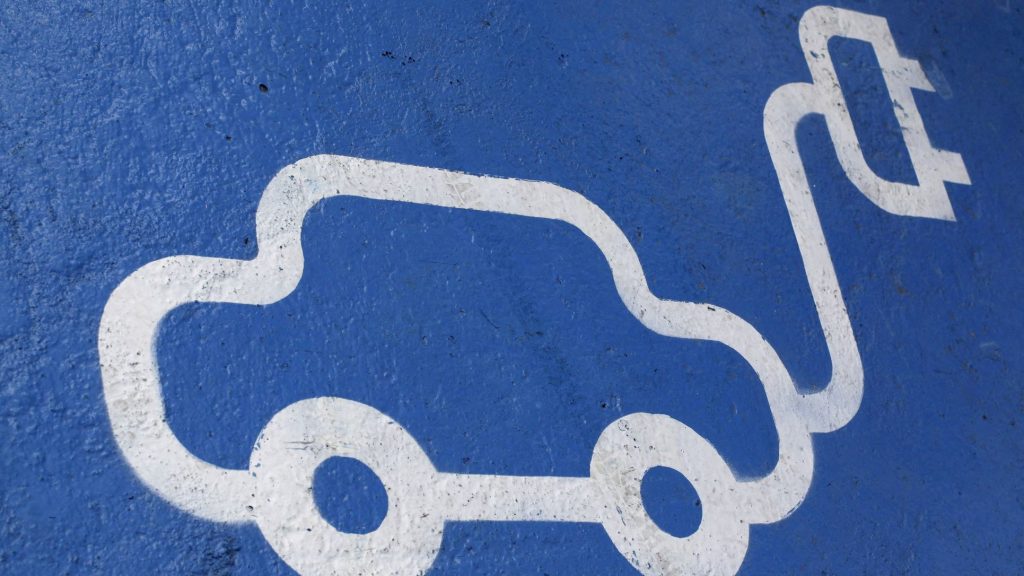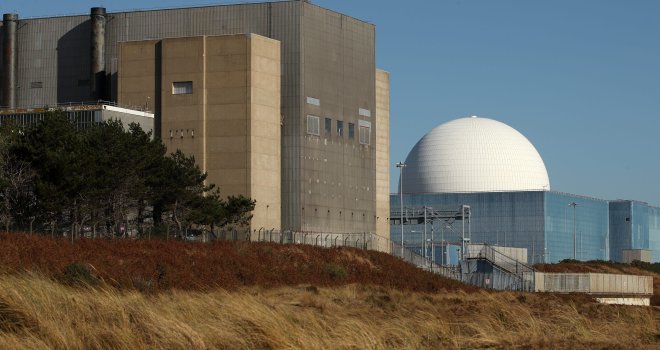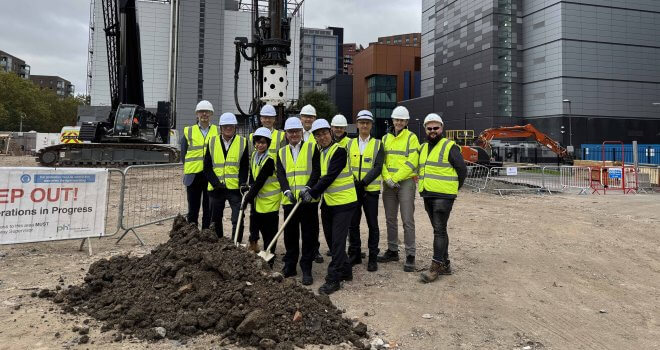UK Government Shifts EV Attention To The Public Chargepoint Network

Following the success of its plug-in car grant scheme, the UK government has confirmed that it will now refocus its attention. Its new goals revolve around public charging networks. This is in addition to the purchase of alternative electric-powered road vehicles.
Government officials have confirmed that the public charging network will be the beneficiary of £300m. This money was previously reserved for the plug-in grant scheme. An active effort to boost the sales of plug-in motorcycles, vans, trucks, and taxis will further support the Road to Zero project strategy.
The news comes following huge progress for the sale of electric vehicles. HeyCar reports that the 2021 sales for BEVs outweighed the combined sales of the five previous years. Moreover, the sales continue to thrive in 2022, with PHEV sales growing too.
Crucially, battery electric vehicles and plug-in hybrid electric vehicles grew during tough times. The pandemic saw the overall automotive market take a hit. With normality restored and over 50% of new cars boasting EV tech, sustainable driving now has sustainability.
A consumer mindset shift has been evident and is not only attributed to an increased understanding of climate issues. The fact is that the EV market is now blessed with cars that people actively want to drive. Whether it’s Ford’s double-down approach to the EV market or the fact that even the likes of Ferrari have entered the arena doesn’t matter. Drivers of all backgrounds now have more opportunities to find a model they love.
Likewise, as more and more EVs enter the used marketplace, affordability continues to grow. Many businesses have switch to electric vehicles and hybrids in recent years. As three-year leases come to an end, used car owners have found themselves in a better position than ever before.
The government switch toward the public charging network can also take inspiration from the current EV arena. Experts like Edmont Mechanical & Electrical have installed charging points for homes and businesses. This includes commercial and residential installations. The fast, reliable, and efficient charging will be essential as the public network enters a new phase.
As well as upgrading the quality of charging points, the government is committed to increased accessibility. Ensuring that drivers have smaller distances to travel before reaching a public station is now a central feature of the project. After all, this has been one of the chief stumbling blocks for a large percentage of drivers who have resisted the EV market.
Running costs are significantly lower for EVs than standard petrol and diesel cars. The savings can be even greater for vans, trucks, and larger vehicles. It is an issue that the latest schemes are heavily promoting in a bid to help more drivers make the transition. From self-employed van drivers to the fleets of major national companies, the help is crucial.
The EV market has been kickstarted in phenomenal style, and the government’s strong tactics have been key. Most drivers now either drive a greener vehicle or consider making the shift in the near future. If the new chapter has the same level of success, the road to net-zero emissions will look better than ever.




